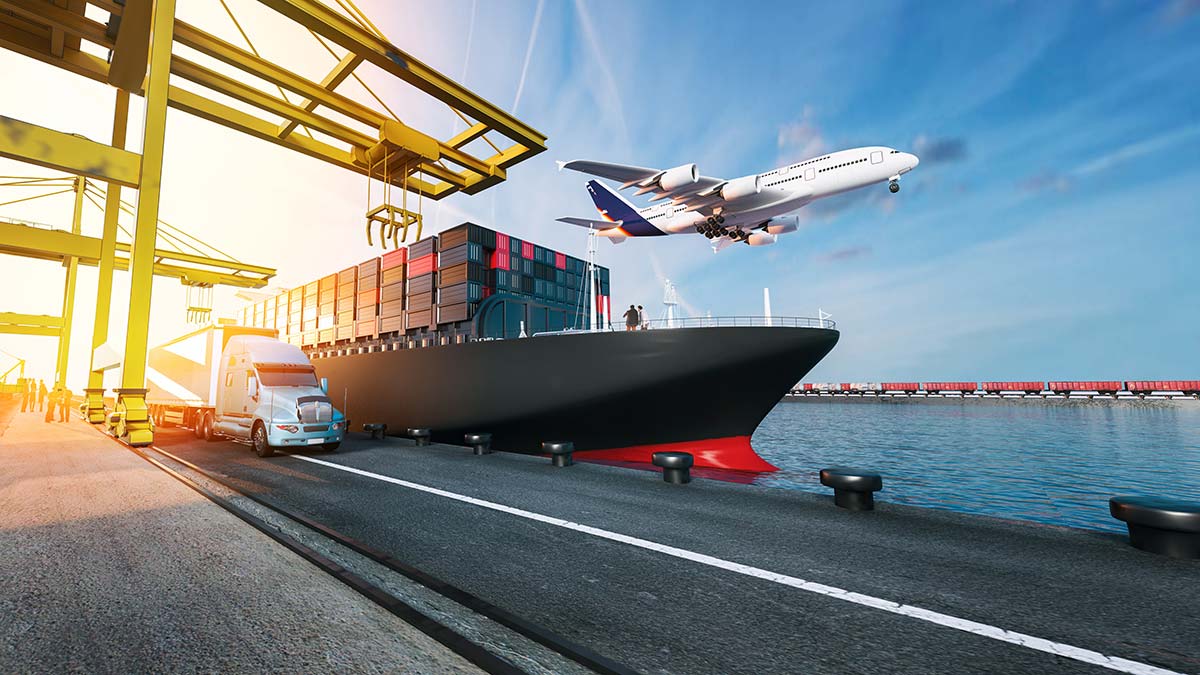Sea, air and cross border truck
The demand for imported and exported goods is continuing to increase, not least of all since China joined the TIR Convention. Transporting goods by road is particularly efficient in the light of the fact that the continents of Europe and Asia form a connected land mass and shipments can therefore take place along historically developed transport routes.
Miễn phí
Hình thức học: Online
Giáo trình: 1 bài giảng
Cấp chứng nhận hoàn thành
Đăng ký khóa học
Sea, air and cross border truck
Miễn phí



